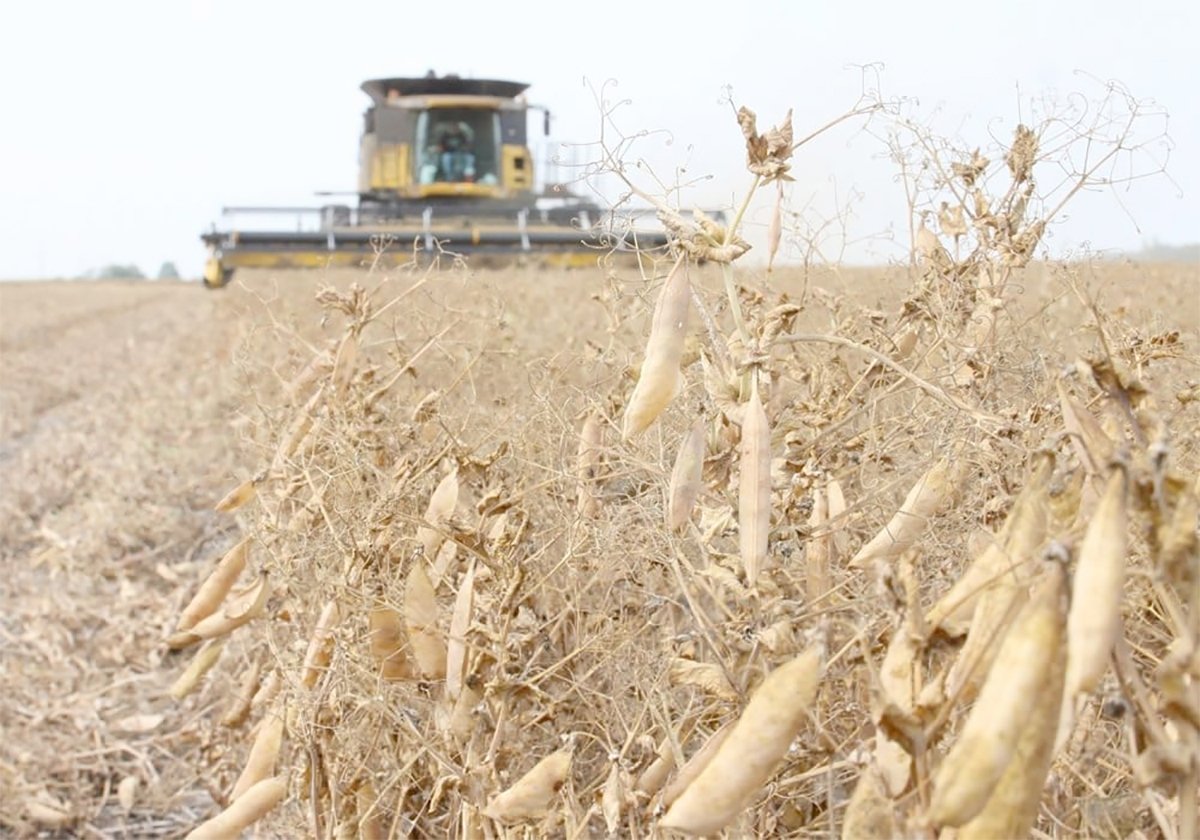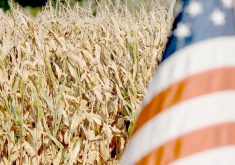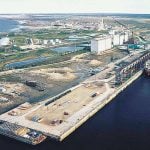VICTORIA – A public policy analyst says British Columbia’s Agricultural Land Reserve hasn’t encouraged agriculture and has actually created an artificial land shortage.
“The ALR should be eliminated, frankly,” said Diane Katz, director of risk, environment and energy policy for the Fraser Institute, an independent Canadian research organization.
“It’s the most extreme land use program in North America. It’s a political mechanism, not an agricultural mechanism.”
Her report, a critical assessment of the ALR, was released in October and written to promote discussion about whether changes to the 35-year-old ALR are needed.
Read Also

Chinese, Indian tariffs take toll on pea prices
The disruption of pea exports from Canada’s largest customers will likely result in slow pea exports for the remainder of the crop year.
The executive director of the Agricultural Land Commission, which governs the ALR, doesn’t think tinkering with the ALR, the only such agriculture land bank in North America, is necessary.
“Successive governments for three plus decades have supported the ALR,” Brian Underhill said from Vancouver. “For 35 years we’ve been successful in allowing land to be preserved.”
However, the Michigan-based Katz doesn’t equate preservation with success. In her report, she writes that landowners have been denied full use of their property because the ALR prevents them from subdividing land.
This “social engineering,” which keeps land zoned as agricultural, has made Vancouver one of the priciest places to buy a home in North America, Katz said.
Housing demand outstrips supply because farmland is protected in the Lower Mainland, thus driving prices through the roof.
Following her report’s release, she said she received many calls from frustrated farmers who couldn’t subdivide land they owned that they considered unsuitable for farming.
Katz also determined that the ALR has not fostered new farmers or
increased the number of farms. Since 1996, the number of farms in B.C. has declined nine percent while non-family corporate farms have increased
7.7 percent.
She said the decline in family farms was similar across Canada during the same period. She also found that the proportion of owner-operators is dropping – the total amount of leased or rented B.C. farmland grew by 35 percent from 1986 to 2006.
Underhill, who said Katz did not contact the commission office while writing her report, said the ALR can’t be blamed for Vancouver’s high real estate prices and lack of new farmers.
Many factors, some tied to fiscal policies and bank practices, have come into play.
An NDP provincial government formed the ALR in 1974-76 to protect the province’s dwindling land base. Until the 1970s, almost 15,000 acres of prime agricultural land were lost each year for urban development or other uses such as golf courses.
Today, the ALR protects about five percent of B.C. land, roughly 11.6 million acres.
Even some of that land isn’t suitable for agriculture, Katz argued.
Compounding the dearth of the land is the fact that in the last few years, movements such as the 100 Mile Diet and buy local have prompted consumers to look for locally grown food.
However, Katz, who also develops policy for Alberta’s oil industry, questioned those kinds of movements.
“The rationale for denying citizens the full use of 4.7 million hectares (11.6 million acres) of property has shifted over time, from rescuing the ‘family farm’ to preserving ‘green space’ and, most recently, protecting the ‘local’ food supply,” Katz wrote.
However, she said it’s inefficient when it costs more to produce food locally than it does to import it.
“The current fashionable stream of thought is that locally produced food is safer, healthier and better for the environment, but evidence clearly shows that is fanciful thinking.”
She said most B.C. consumers buy imported food and base their purchases on price, variety, and convenience rather than product origin alone.
“But I’m not against having a local food supply at all. People should have the choice,” she added.
Vancouver is on the edge of the Fraser Valley, where agricultural activity in that fertile area generates 80 percent of B.C.’s farm receipts.
Garnet Etsell, who runs a turkey farm in the valley near Abbotsford, called Katz’s report bizarre, especially coming from someone who doesn’t live in B.C.
Etsell, who is also chair of the B.C. Agriculture Council, said the ALR is needed to protect agricultural land in a mountainous province with tiny amounts of flat, no-slope land and Canada’s second largest urban area creating development pressure.
“The land is precious.”
He said the Fraser Delta is home to some of Canada’s richest soil. If the ALR’s regulations didn’t exist, owners would carve up their properties until eventually only small units would be left. Agricultural production ability would disappear, he said..














